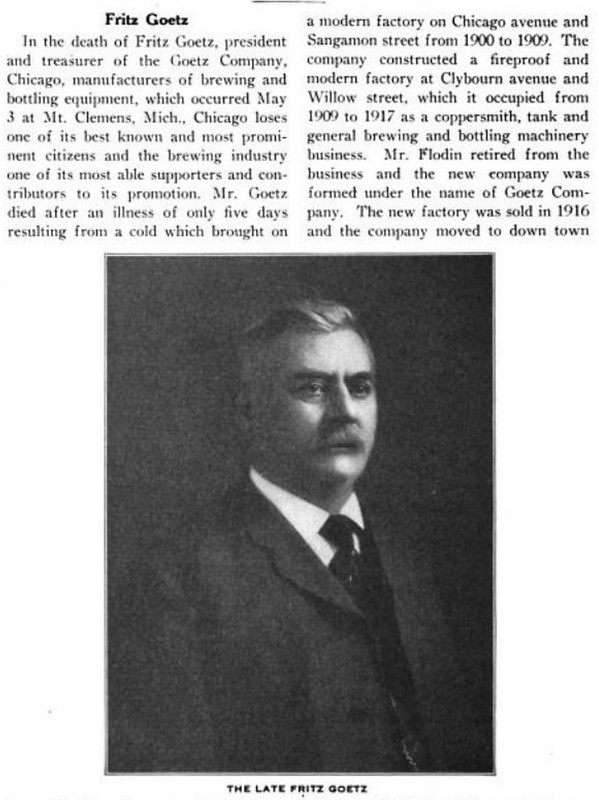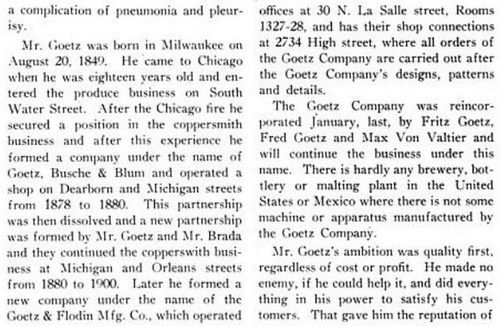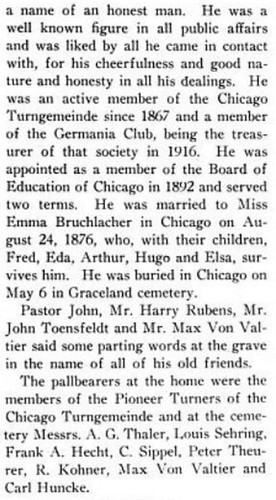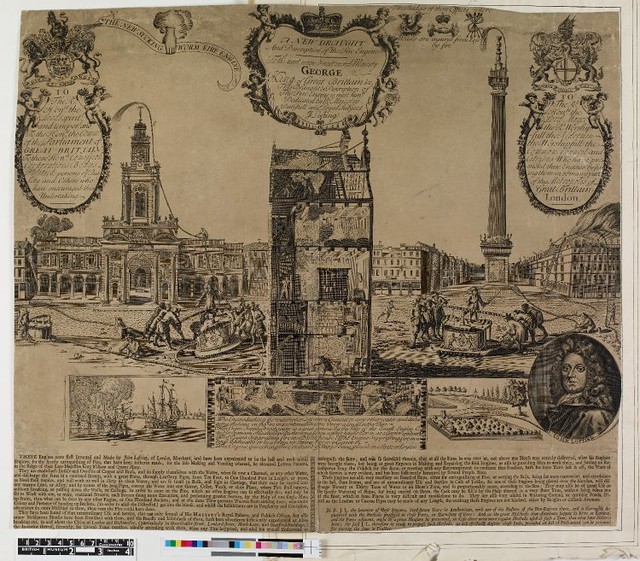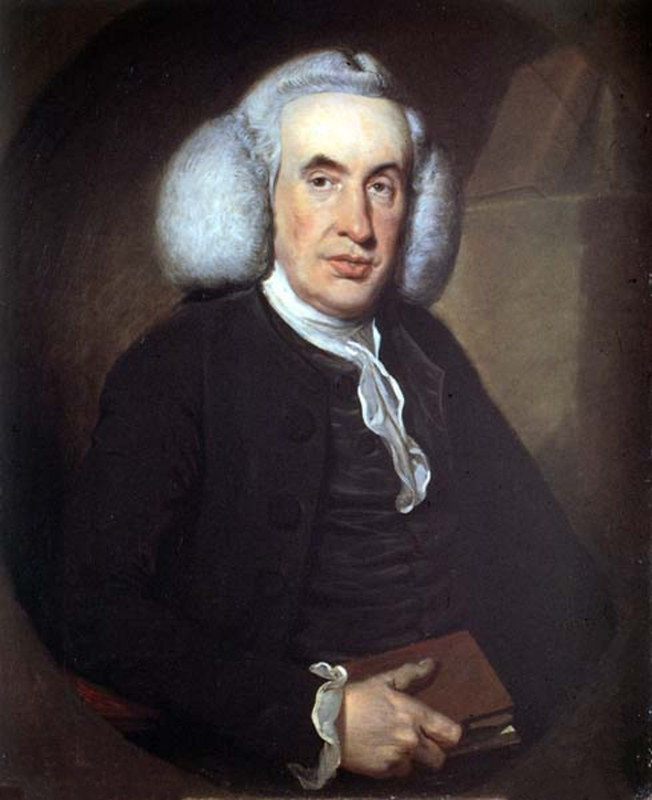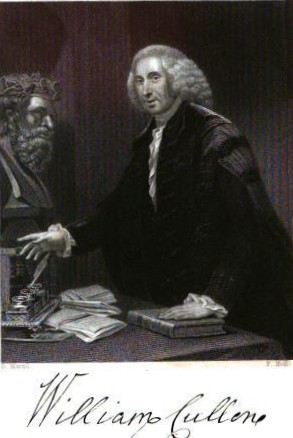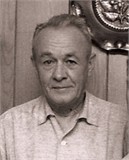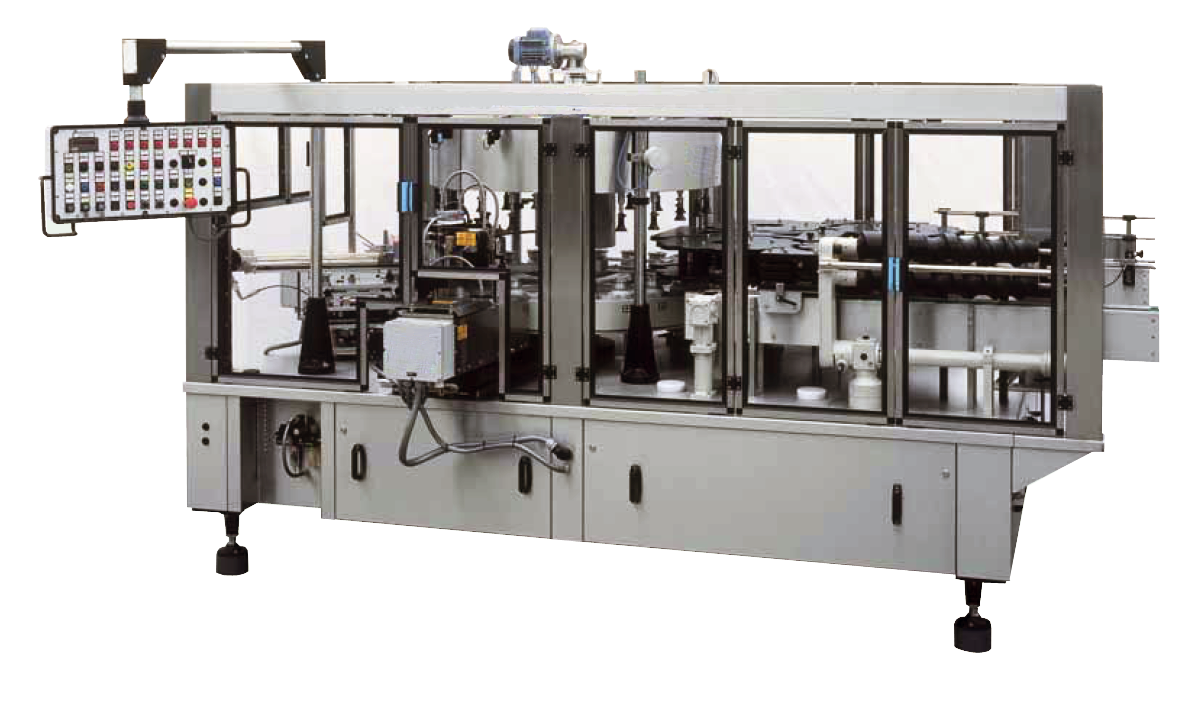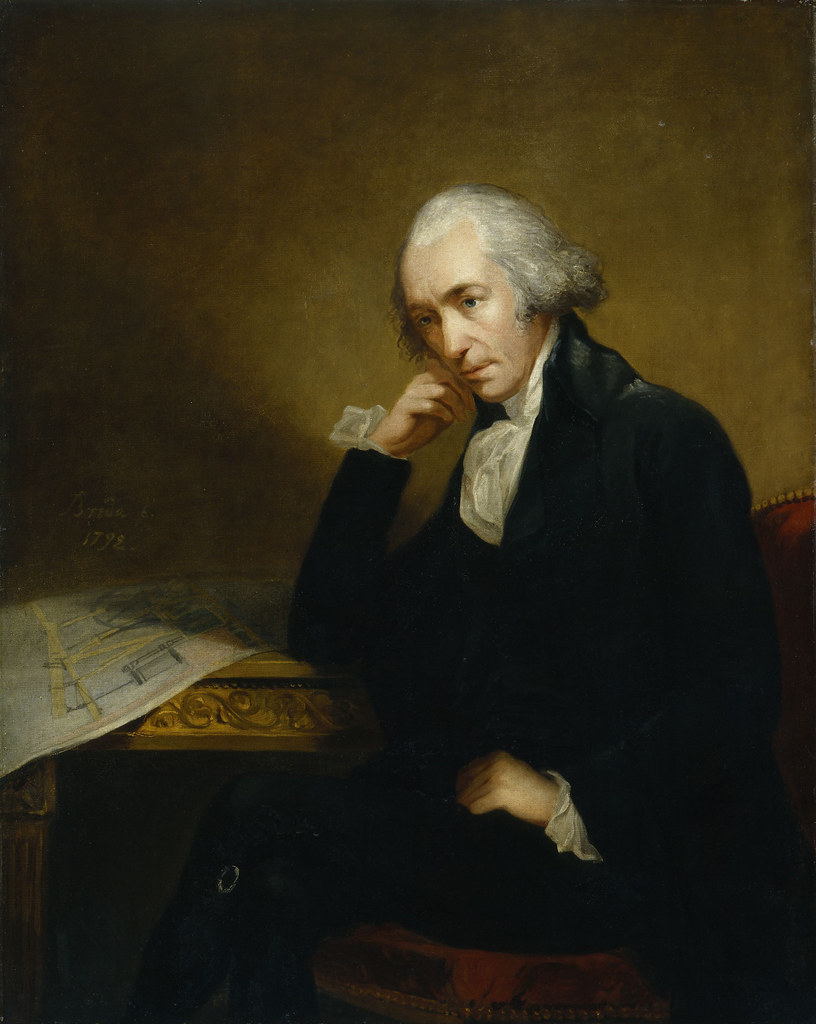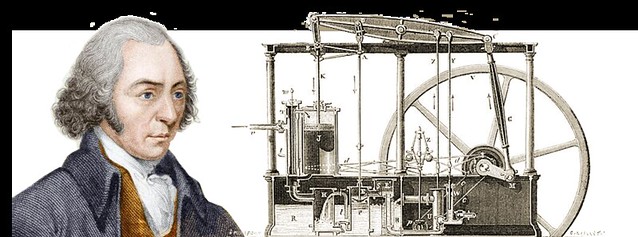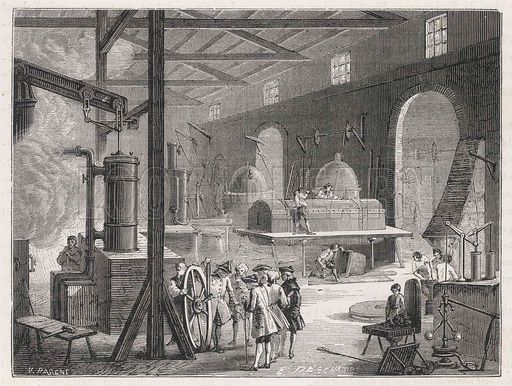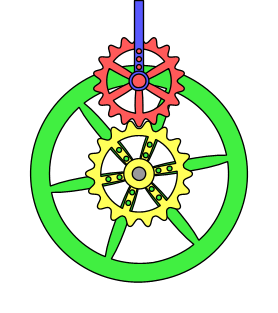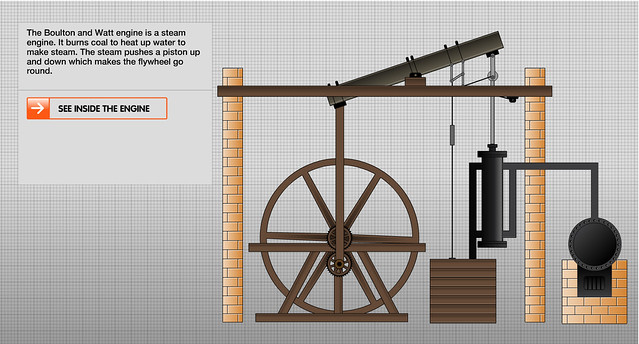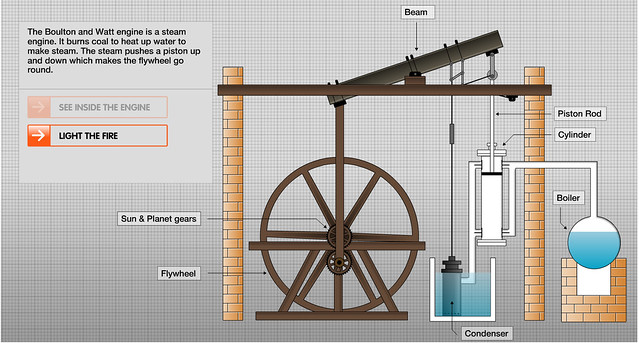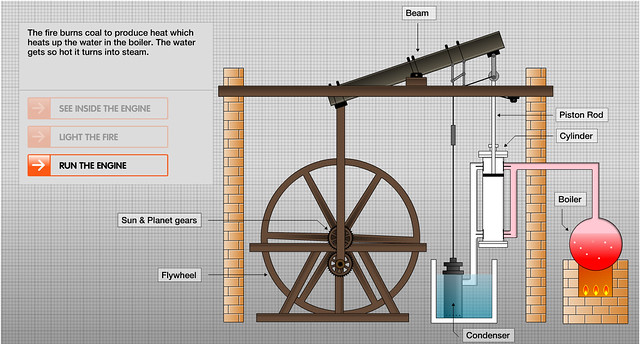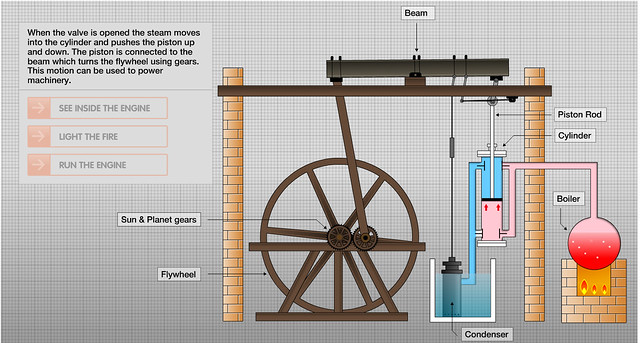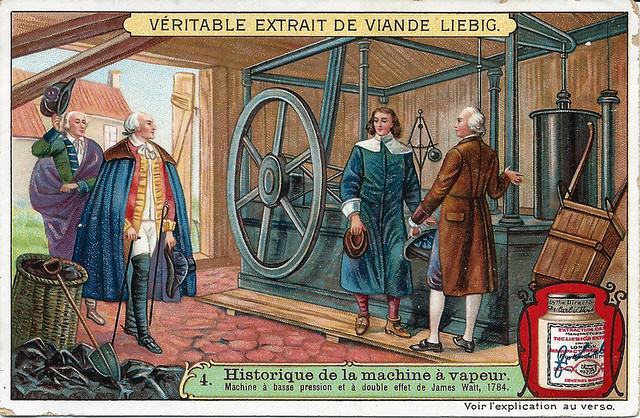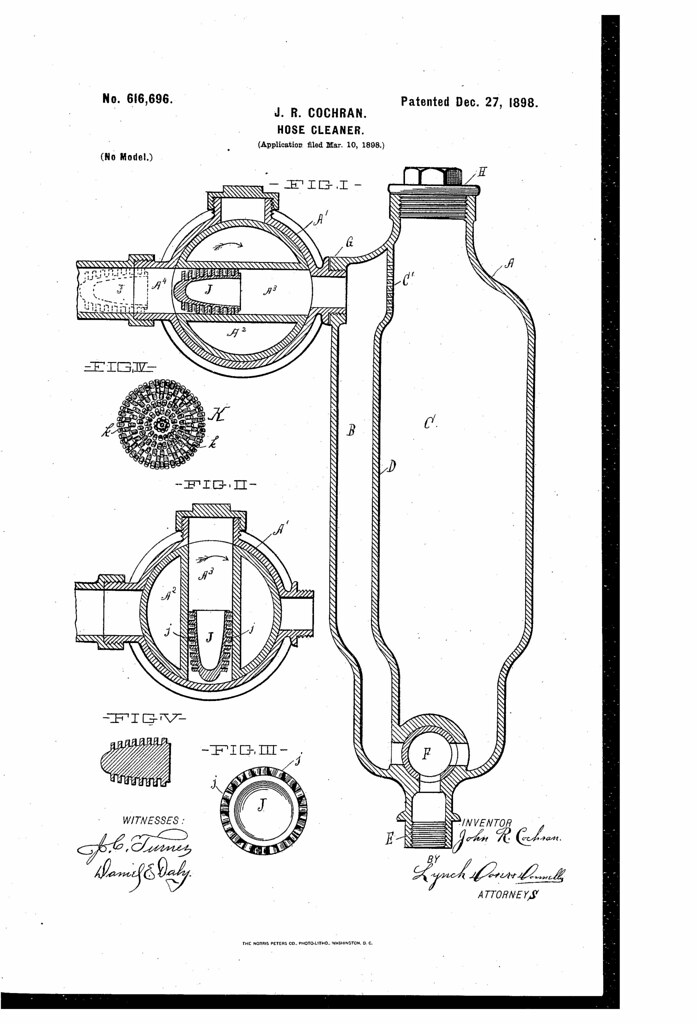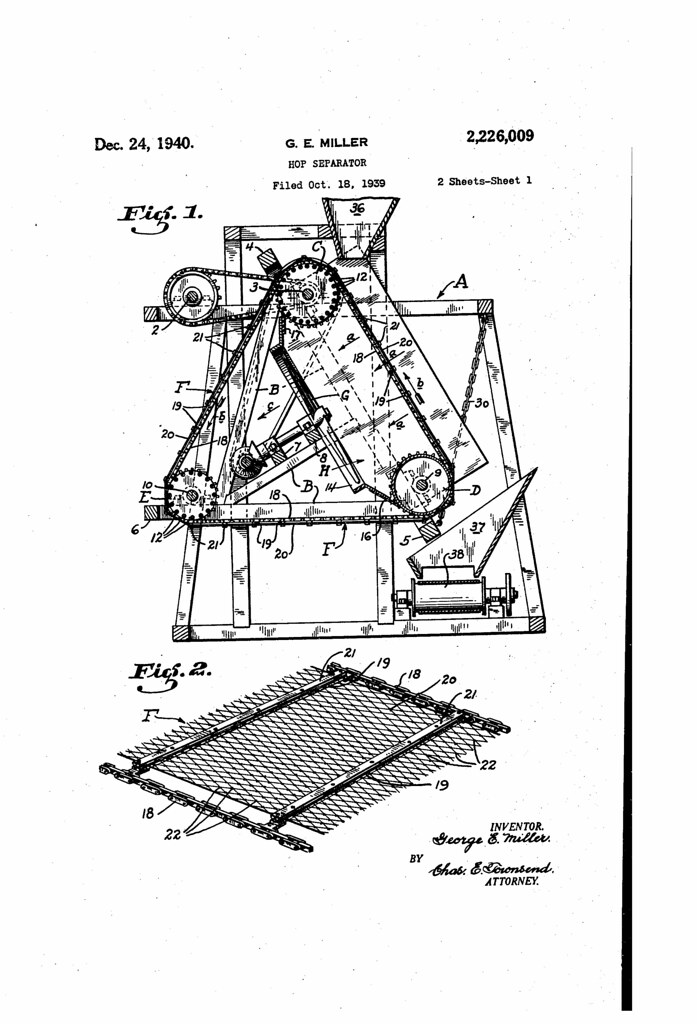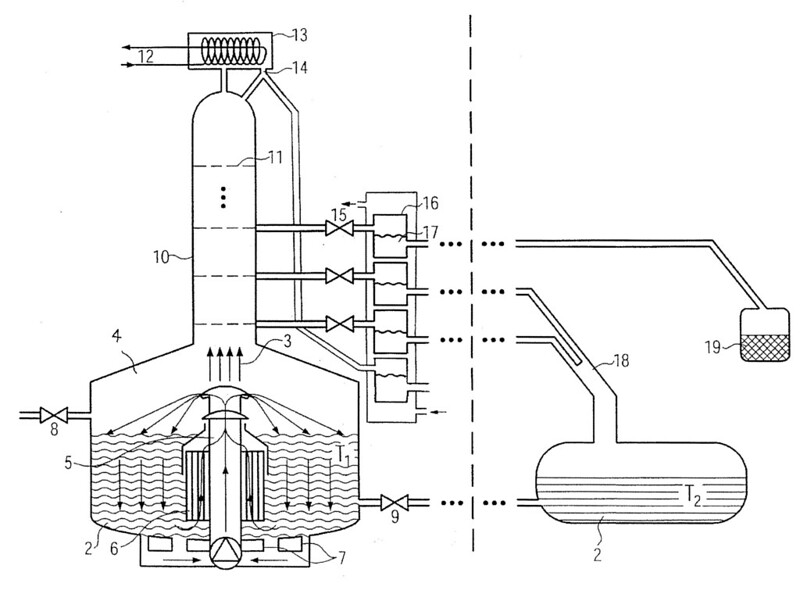
Today is the birthday of Fritz Goetz (August 20, 1849-May 3, 1917). He was born in Milwaukee, Wisconsin, but moved to Chicago as a young man, eventually going into the copper business, which changed names a few times, but settled on the Goetz Company. In addition to copper brewing equipment, they also sold tanks, and general brewing and bottling equipment. The business was so successful that in his obituary, it was noted that “There is hardly any brewery, bottlery or malting plant in the United States or Mexico where there is not some machine or apparatus manufactured by the Goetz Company.”
Here is his obituary from the American Brewers’ Review for 1918:
